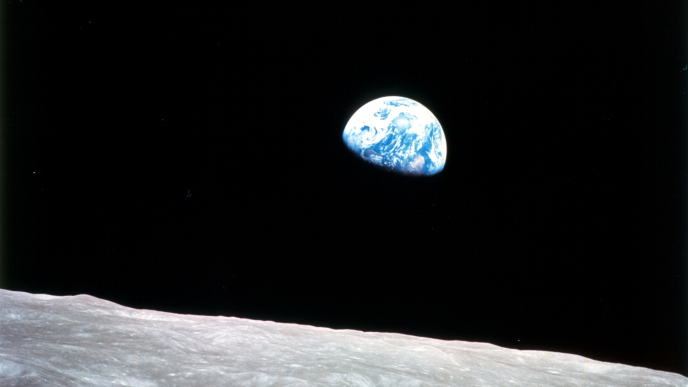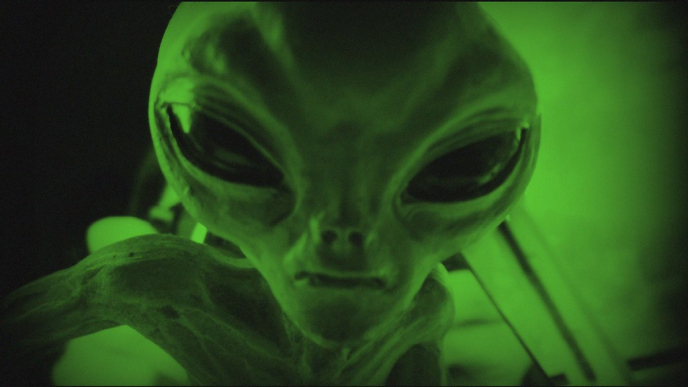A groundbreaking cancer vaccine has shown encouraging results in preventing deadly recurrences of pancreatic and colorectal tumors, according to new research led in part by UCLA Health Jonsson Comprehensive Cancer Center.
The experimental vaccine, known as ELI-002 2P, was tested in a phase 1 clinical trial involving 25 patients who had recently undergone surgery to remove pancreatic or colorectal tumors. All of the participants showed “minimal residual disease,” meaning small traces of cancer DNA remained—putting them at extremely high risk of relapse.
Pancreatic cancer recurrence rates are notoriously grim, with more than 80% of patients seeing their disease return after surgery—nearly half within the first year. Colorectal cancer recurrence is also high, affecting 30% to 50% of patients, usually within the first two years.
The vaccine targets KRAS mutations, which drive over 90% of pancreatic cancers and about half of colorectal cancers. Delivered through a series of injections designed to trigger an immune response in the lymph nodes, the vaccine worked as intended for most patients:
21 out of 25 patients developed KRAS-specific T cells, showing their immune systems were actively fighting tumor-linked mutations.
Patients with stronger immune responses had significantly longer relapse-free survival compared to those with weaker responses.
For six patients (three pancreatic, three colorectal), the vaccine appeared to completely eliminate all disease biomarkers.
Nearly 20 months after treatment, the majority of patients with the strongest immune responses remained cancer-free.
“This is an exciting advance for patients with KRAS-driven cancers, particularly pancreatic cancer, where recurrence after standard treatment is almost a given and effective therapies are limited,” said Dr. Zev Wainberg, professor of medicine at the David Geffen School of Medicine at UCLA and the trial’s lead author.
“We observed that patients who developed strong immune responses to the vaccine remained disease-free and survived for much longer than expected.”
Beyond KRAS, the vaccine also sparked responses to additional tumor mutations in 67% of patients, suggesting the therapy could help suppress broader cancer growth.
The findings, published in Nature Medicine, represent a potential turning point in how doctors approach two of the most aggressive and deadly cancers. Larger clinical trials are already being planned to further test the vaccine’s effectiveness.










